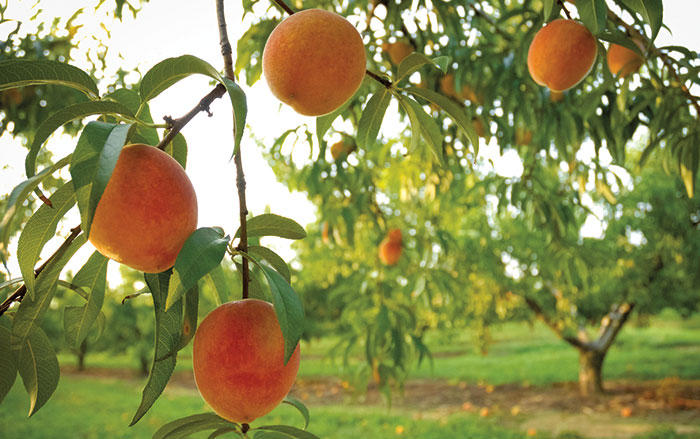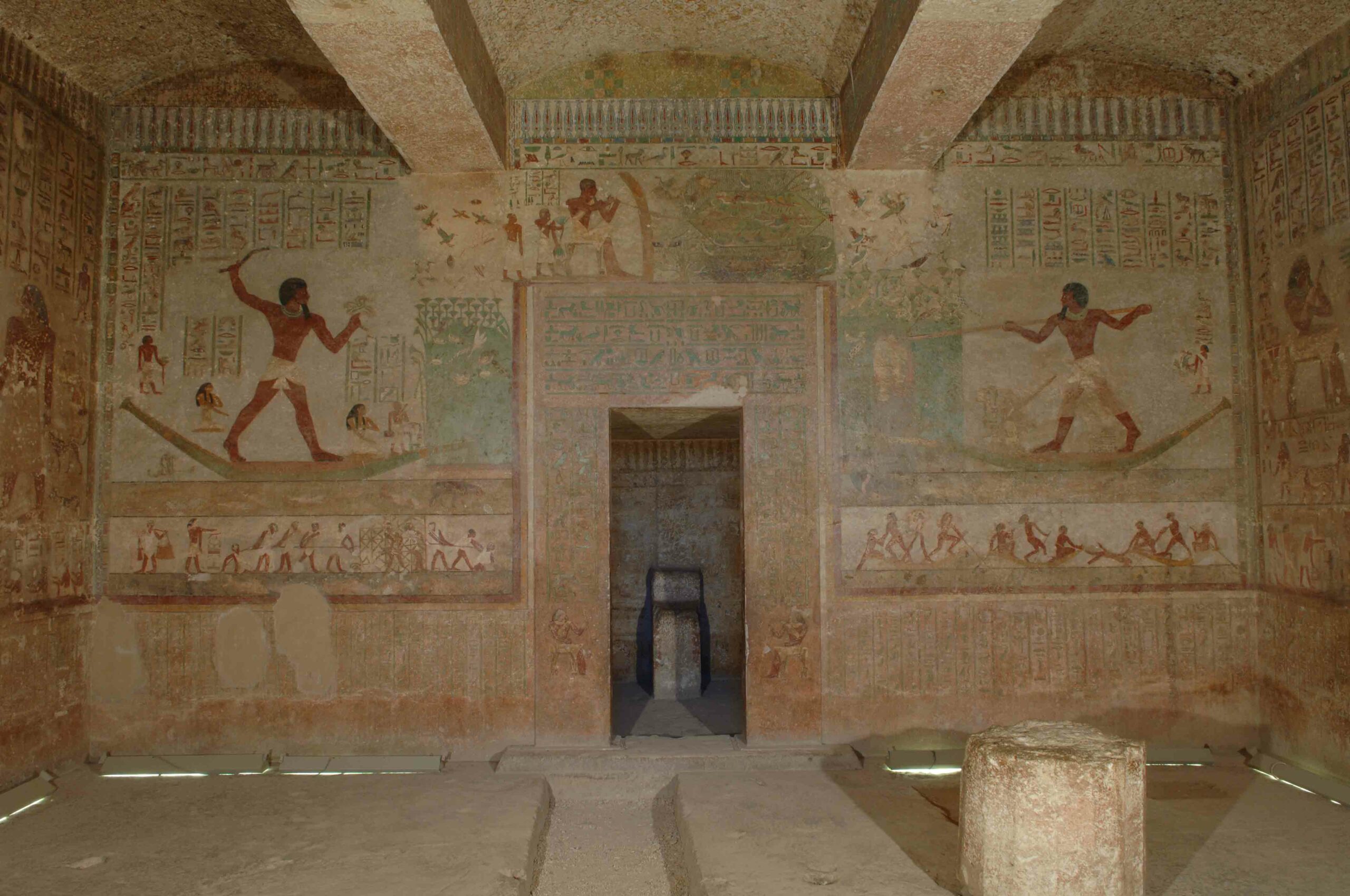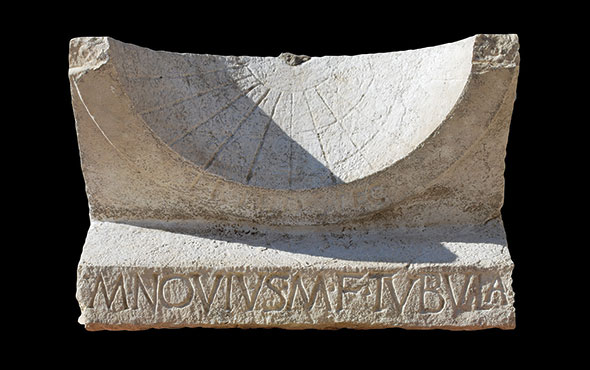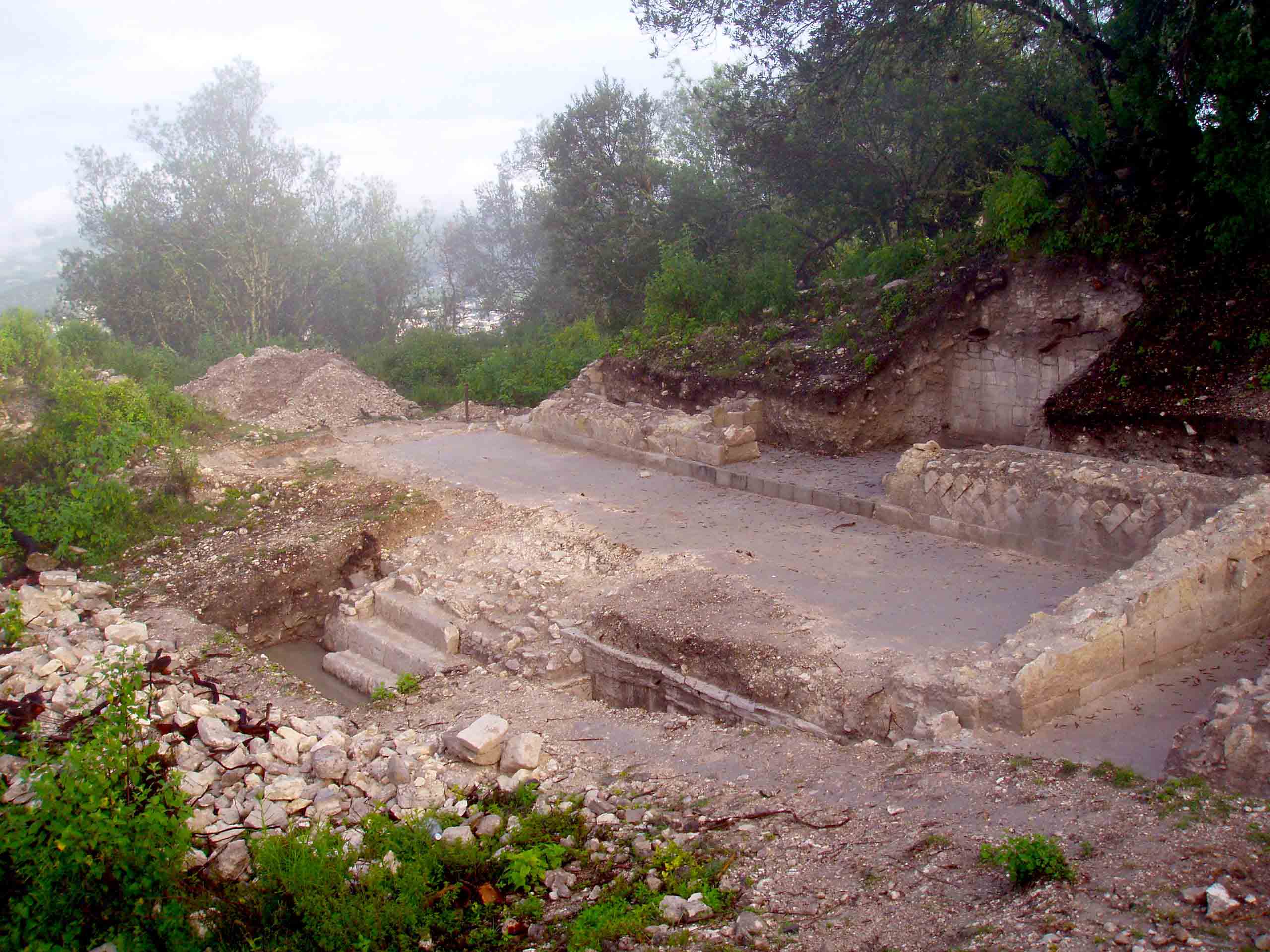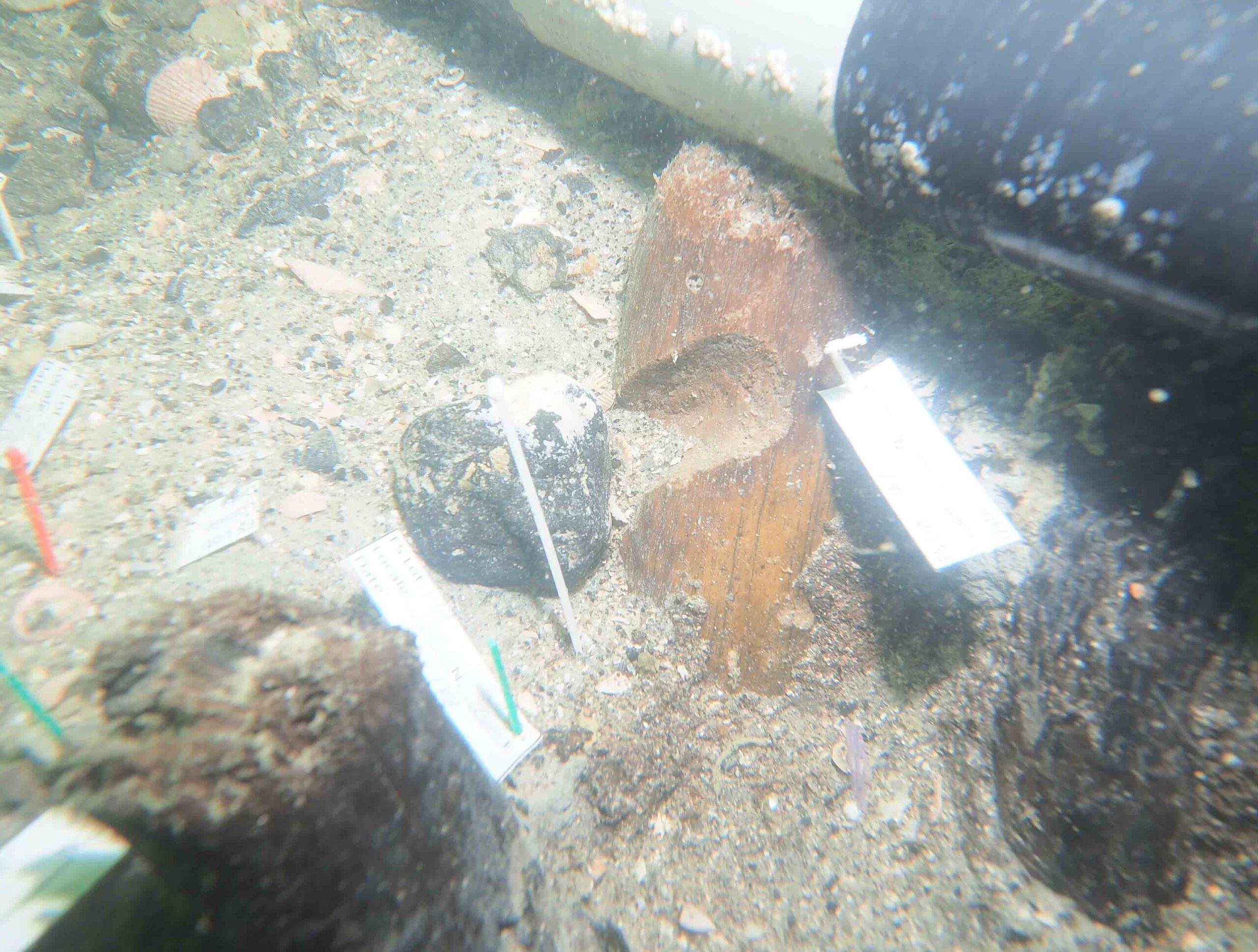
Twenty-one feet beneath the waves near Florida’s Manasota Key, divers have found a 7,200-year-old burial ground. The site appears to have been a freshwater pond when it was in use, but rising sea levels over the millennia have submerged it. So far, the bones of at least six individuals have been identified, as well as pieces of cordage, fabric, and some carved wooden posts that were used to hold the bodies of the deceased in place at the bottom of the pond. This was a common burial practice in that part of Florida at the time. Wave action and the force of hurricanes were thought to make the underwater environment too harsh to preserve archaeological sites, says Ryan Duggins, underwater archaeology supervisor of Florida’s Bureau of Archaeological Research, but the Manasota Key site shows that Florida’s Gulf Coast may hold many more. According to Duggins, “The continental shelf is kind of the next frontier of archaeology.”



